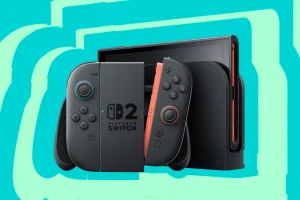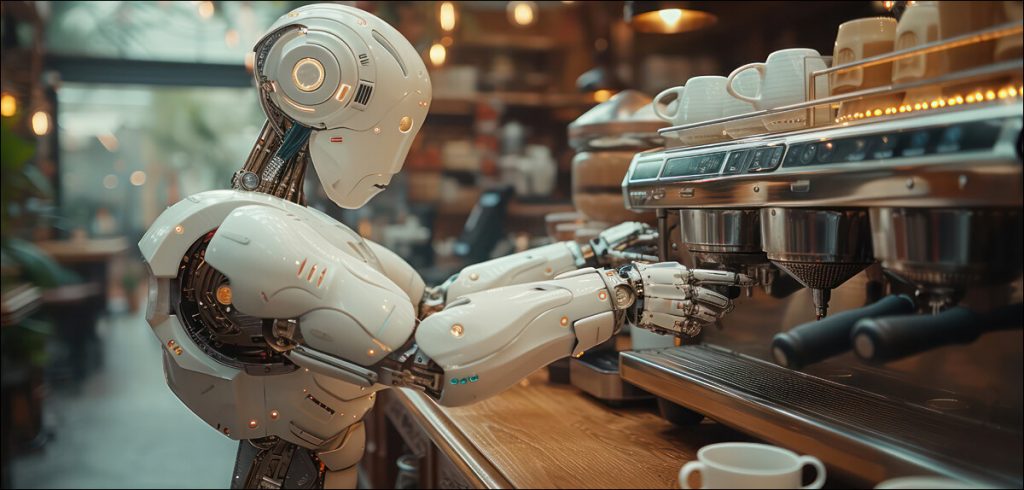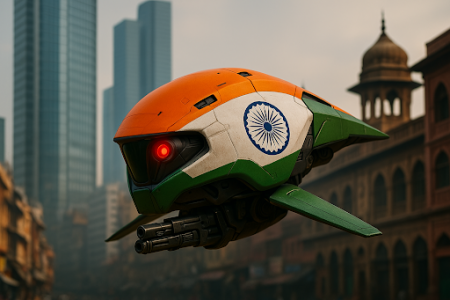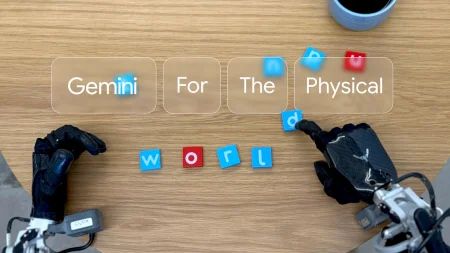The world’s first fully autonomous AI-powered restaurant is just the tip of the iceberg in terms of Nvidia’s presence in the food industry, where it aims to make AI as commonplace as burgers and fries.
While Jensen Huang started Nvidia in a Denny’s Breakfast Booth over 20 years ago, the world’s first fully autonomous restaurant was just launched in Pasadena, CA, powered by Nvidia’s latest AI chips. In a recent post, we talked about Nvidia’s Project GR00T and how robots can now mimic human actions purely by observation (as opposed to programming through code). In this post, we’re talking about how these robots aim to revolutionize the restaurant industry, starting with a restaurant named Caliexpress by Flippy. This restaurant, a joint venture between Miso Robotics and PopID, is the first fully autonomous restaurant with a PopID powered self ordering kiosk, and a robot called Flippy (a robotic fry station) that makes french fries and flips burgers with robotic precision.
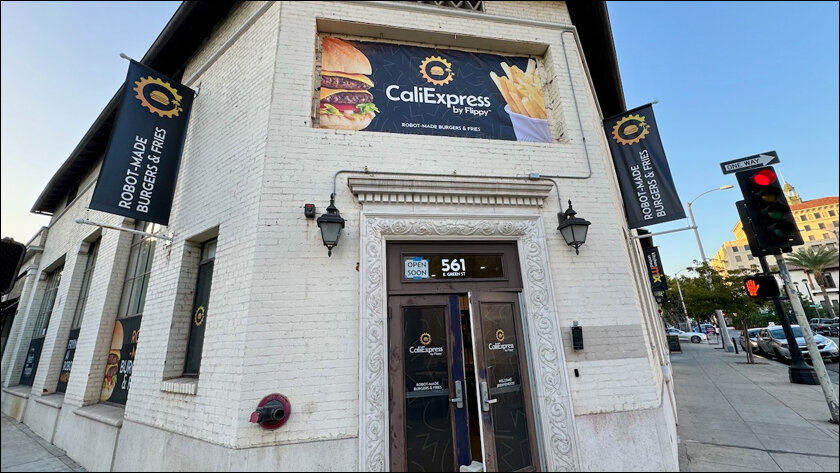
Cloudy, with a chance of Dosas
Now Caliexpress by Flippy may well be the first fully autonomous AI-powered restaurant in the world but it’s just the tip of the iceberg in terms of Nvidia’s presence in the food industry. Starting with a number of solutions for Quick Service Restaurants (QSR) which include speech-enabled food kiosks, restaurant analytics, and even order forecasting, Nvidia aims to make AI as synonymous with the food industry as burgers and fries. In a previous post, we talked about how Asian Paints uses AI to accurately predict inventory requirements across hundreds of stores. Similarly, Nvidia is offering NVIDIA-Certified Systems and NVIDIA RAPIDS to help restaurants and QSRs improve forecast accuracy by as much as 20%. Being able to predict what customers are going to order is an invaluable ability.
Domino’s makes and delivers about 3 billion pizzas a year and if you think they’re doing that without AI, think again. The largest pizza company in the world has been using Nvidia’s DGX system which features about eight V100 Tensor Core GPUs, to accurately predict orders as they come through. While it all started with a campaign to get customers to click pictures of their orders and send them back to Domino’s, the data that was acquired during the campaign, along with a number of proprietary AI models, is now being referred to as Domino’s secret sauce. Additionally, Domino’s claims the DGX system is helping train new models 72 times faster than before, with a 20% increase in accuracy while predicting when an order will be ready.
Nvidia’s AI arsenal for restaurants
Other systems from Nvidia that are gaining popularity in the restaurant business include Nvidia Violet, an AI-powered customer service assistant, the Nvidia RIVA software development kit, and the Nvidia JETSON platform. Toronto-based startup, HuEx is using the Jetson AI Edge platform to power its AI-powered conversational assistants for drive-thru restaurants. The assistant is named Aida and can collect voice orders and print them into text for staff to read while also replying to customers with voice. To quote Anik Seth, founder and CEO of HuEx “It can understand 300,000-plus product combinations. Things like ‘coffee with milk, coffee with sugar’ are common, but some people even order coffee with butter – it can handle that, too.” HuEX is part of a program called Nvidia Inception that offers support to startups.
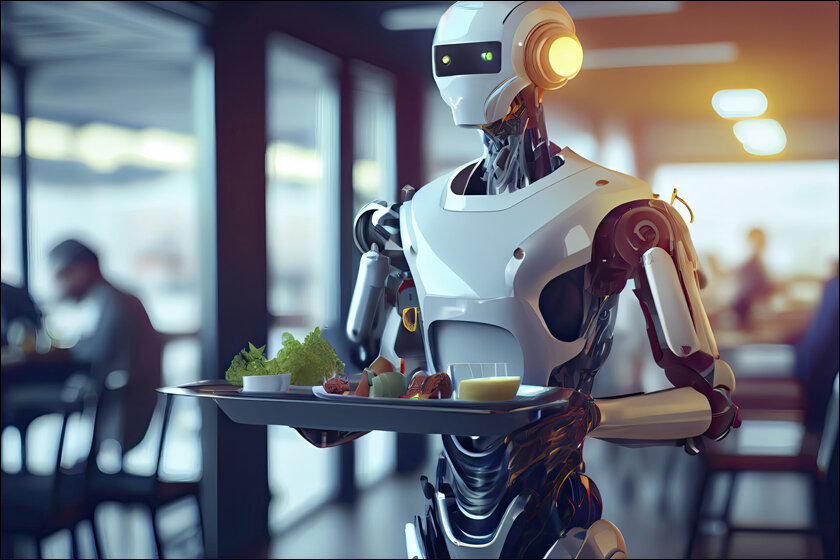
Similarly, San Diego-based Startup Vistry is using Nvidia RIVA to develop an AI-powered, “automated order-taking solution.” They’re also using Nvidia Metropolis to predict when orders will be ready and to speed up deliveries at drive-thrus. The tools at Vistry are also powered by the Nvidia Jetson AI Edge platform. In addition to the “order-taking” side of the business, Nvidia is also in the order-delivering business, powering robots that physically deliver food. Powered by Nvidia Jetson, Serve Robotics has launched a fleet of sidewalk traveling robots with level 4 autonomy to deliver food around Los Angeles in partnership with Uber Eats. Equipped with active LIDAR, cameras, and ultrasonic sensors, the food is stored in a secure cargo area that can be unlocked with a payment app or a passcode.

Ketchup, Mustard, and Data
Similar to what’s going on in almost every industry today, data is becoming a major ingredient in our food. This is evident from the fact that every major player, from Mcdonald’s to KFC, Domino’s, and even Starbucks is investing in AI in order to streamline supply chains and increase efficiency. Nvidia knows this and has launched an entire ecosystem of tools and platforms to this effect, not all of which we have covered in this post but can be viewed here. While the thought of walking into a restaurant, talking to a screen, scanning your phone, and then eating something cooked by a machine, all without any human interaction may sound like sci-fi, the technology already exists. Robots also add a level of consistency to food that is difficult for the average human to emulate.
In case you missed:
- NVIDIA just dropped “ACE” at CES 2025: Truly intelligent NPCs coming soon!
- CES 2025: NVIDIA’s Cosmos Just Gave Robots a ‘ChatGPT Moment’!
- Nvidia Project GROOT for humanoid robots
- How AI Is Helping Restore the World’s Coral Reefs
- Training AI for Pennies on the Dollar: Are DeepSeek’s Costs Being Undersold?
- Slaughterbots: Robot Warriors in the Indian Armed Forces!
- So AI can get bored, “suffer,” and even commit suicide?
- X’s Trend Genius: Social Media Psychic or Just Another Algorithm?
- Scientists gave a mushroom robotic legs and the results may frighten you
- AI-powered smart devices for the hearing, vision, and speech-impaired
